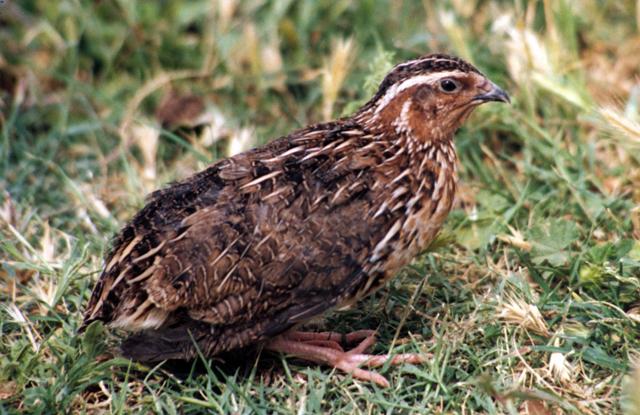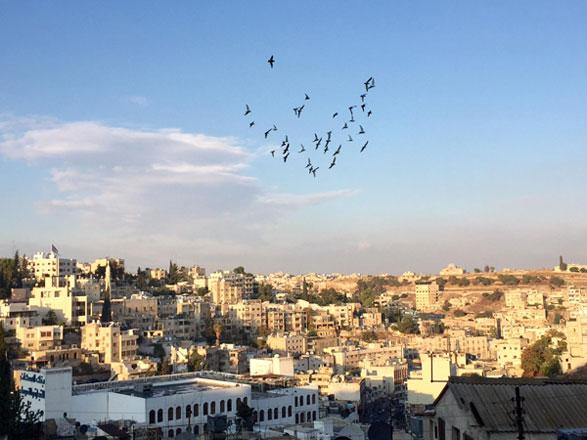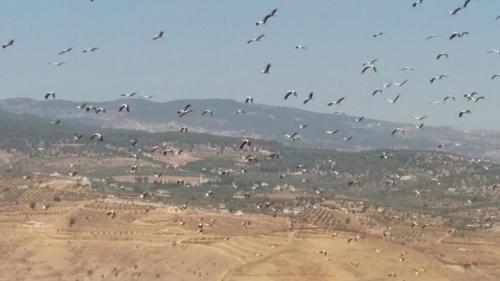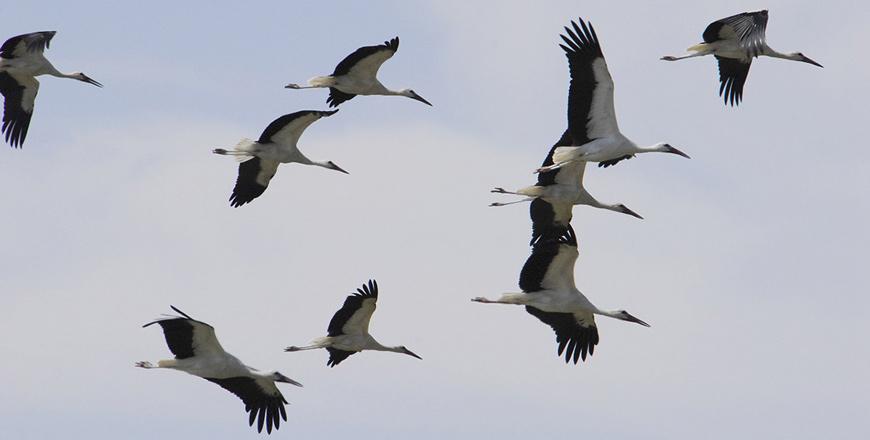AMMAN — The Royal Society for the Conservation of Nature (RSCN) has announced the opening of hunting season for quails, which are hugely sought after by hunters.
The season, which usually starts in mid-February, began on Friday and will continue through the end of April, the RSCN said.
“Quail hunting season is one of the most popular among hunters. The birds cross the Kingdom while on migration route between mid-February and until the end of April,” said Abdul Razzaq Hmoud, acting director of the RSCN’s conservation and hunting regulation section.
During the two–month period, the RSCN allows hunters to hunt in areas west of the Hijaz Railway, according to scheduled days, with each hunter allowed a limited number of quails, Hmoud told The Jordan Times in a phone interview.
Hunting to the east of the Hijaz Railway has been off-limits since a Cabinet decision was issued in 1993, because the border area is home to several rare animals and birds, according to the RSCN.
Quails mainly eat seeds and berries but also consume leaves, roots and insects. Their flesh is considered a delicacy, as are their eggs.
In September last year, the RSCN reopened the quail hunting season for the first time until late October after studies indicated that their number is increasing.
Hmoud, who urged hunters to abide by the society’s hunting schedule, said that by the end of last year, the number of hunters licensed by the RSCN was 2,100.
Under RSCN regulations, those who hunt outside the allotted period are fined JD100 and sentenced to one-week in prison, while those who kill endangered species, such as falcons, are fined JD2,000 and handed a four-month prison term.
In addition, violators’ weapons are seized, according to the RSCN.
The location of hunting activities changes with the seasons, with hunters mainly active in the Jordan Valley, mountainous areas and the eastern desert, according to the RSCN.
Jordan is located on the Rift Valley-Red Sea route, which is the world’s second most-used flyway, with 37 types of migratory soaring birds that maintain flight by using rising air currents, travelling on the flyway annually, according to the RSCN.
Migratory birds in the southern hemisphere use the Rift Valley/Red Sea Flyway to return to Europe and the northern hemisphere in the spring. On their journey, more than 1.5 million birds stop over in places like the Jordan Valley to rest and drink water.
At least five of these species are globally endangered, such as white and black storks, buzzards, eagles and vultures.



















